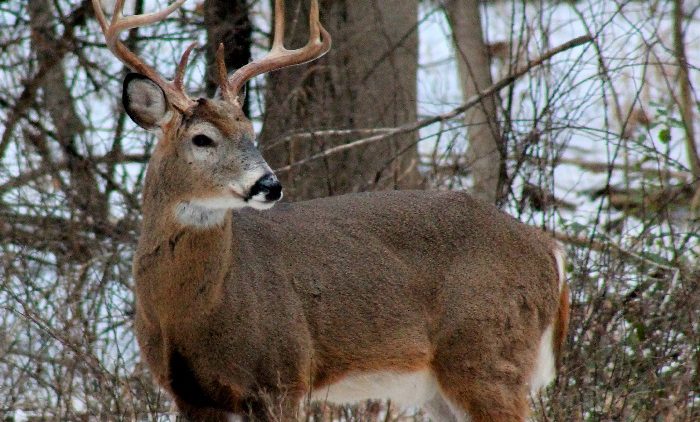
The Challenges of Late-Season Deer Hunting
If this is your first time hunting in the late season, the changes in deer behavior around this time could affect your hunt in unexpected ways. This is a challenging period for hunters but with the right knowledge, you can successfully grab your last harvest of the season. Here are a few things you should know before heading out.
An Interesting Challenge
Late season deer are not the kind you’re used to when the season opens. For one, they’ve likely been chased, shot at, and generally pursued for a few months by now. The remaining bucks and does have learned new behaviors and movement patterns to stay alive. That means this is the worst time to slip up by hunting on a wrong wind or making noise on your access trail. Be particularly smart and stealthy about everything you do in the late season. For example, you can use a cover scent to mask your human odor in addition to carefully navigating your terrain.
Have Patience
Weather might work against you at the end of the season. It might work with you. This is even more unpredictable in the late season. You’ve got to wait for the right conditions to support your hunt. Easy winds, a cold front or lots of snow can make all the difference. These weather patterns will usually get the deer moving and give you the best chance at a harvest. If you do spook some deer on your way in or in your tree stand, try hunting a different area. The survivors you just bumped will be very cautious, if they come back at all. On the other hand, if it’s your final day of the season, you can throw caution to the wind and focus on enjoying the experience. You’ll have little to lose.
Hunt the Bedding Areas
Take advantage of bedding areas for hunting. You can’t hunt in every bedding area but there is no other location where a wise old monster is more vulnerable than in this most sacred portion of a deer’s habitat.
Use Transition Zones
As challenging as the bedding zones are, the transition zones can be just as difficult. Bucks use transition zones as travel corridors when moving between other major zones. A typical example is a transition zone that connects the bedding zone to staging or feeding areas and watering zones. Conversely, during the rut, the most common transition zones are the routes which bucks take between areas of heavy doe population or breeding zones. While a buck might pause to scan as he travels, he rarely lingers in a transition zone. That means he isn’t as aware of any changes in this zone or any new hunters perched in the trees. Whether it’s the feeling of safety while traveling through cover or because they’re focused on getting from point A to point B, bucks rarely use the “stop, scan, proceed and repeat” technique. That’s a big advantage for hunters. As a bonus, you have a higher likelihood of daylight encounters in transition zones.
Avoid Mornings
Mornings are much greater risk at this time of year with much lower reward. Most mature bucks are bedded before daylight during the late season or moving just before daybreak, increasing your odds of bumping them as you head in to hunt. Eliminate that risk and you’ll have more unsuspecting deer that you can hunt in the evenings when you can safely access a location without spooking the deer. Take advantage of the evening feeding pattern that deer often follow.
After Your Hunt, Get the Perfect Holiday Gift for the Outdoorsman in You Life
This year, give the gift of lasting memories to your family and friends with ‘Give the Gift of Fish & Hunt Maryland!’ Plan your 2021 adventure now by checking out great deals and exploring unique experiences found only in Maryland.